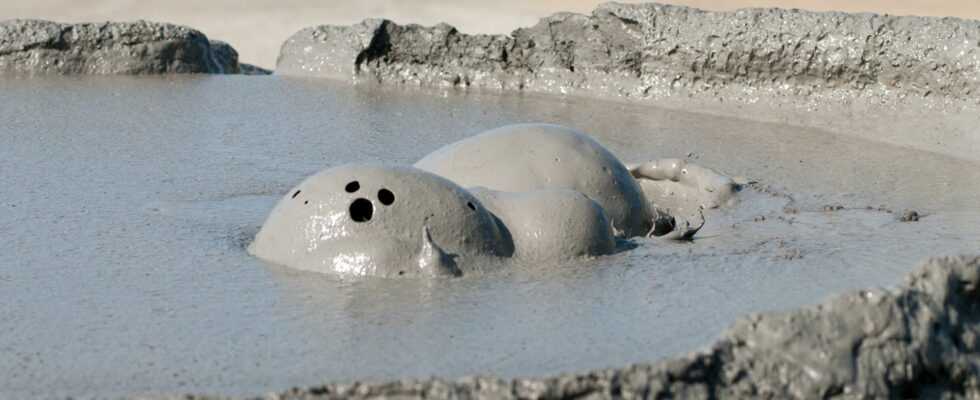The concentration of the greenhouse gas methane in the atmosphere increased by 17 ppb (parts per billion) in 2021. That’s the highest increase since records began in 1983, according to the US National Oceanic and Atmospheric Administration (NOAA), based on measurements from the Mauna Loa Observatory in Hawaii. In 2020, the methane concentration had already risen more than ever before in the measurement period. The two significant increases in a row show that the concentration of the second most important greenhouse gas, like atmospheric CO2-Concentration currently increasing at an accelerated rate. At 1896 ppb, the methane concentration is more than two and a half times what it was before industrialization began.
Methane is a much stronger greenhouse gas than carbon dioxide, but chemically it breaks down relatively quickly. Together with nitrogen oxides and halogenated hydrocarbons, it is therefore one of the short-lived climate-impacting pollutants, SLCP for short. The warming they cause ends as soon as you stop producing them in significant quantities. For this reason, methane does not play a major role in the climate in the long term compared to carbon dioxide; but since it produces a much stronger greenhouse effect, it has a very clear impact on near-term warming trends. For example, there is the hypothesis that global warming may release methane from the Arctic permafrost, triggering a vicious circle in which temperature rise and methane release drive each other.
So far, it has not been finally clarified why the methane concentration in the atmosphere is currently increasing so rapidly. Around the turn of the millennium, it was stable for about a decade and has only been increasing rapidly since 2007. Where the extra gas comes from is a matter of debate. The sources are difficult to prove with certainty because there are many natural and man-made sources of methane, including in agriculture, whose changes are not easy to measure. Numerous experts suspect leaks in the production and distribution of natural gas as the main cause of the problem, because its production has increased significantly since the turn of the millennium – but there are also analyzes that contradict this.
